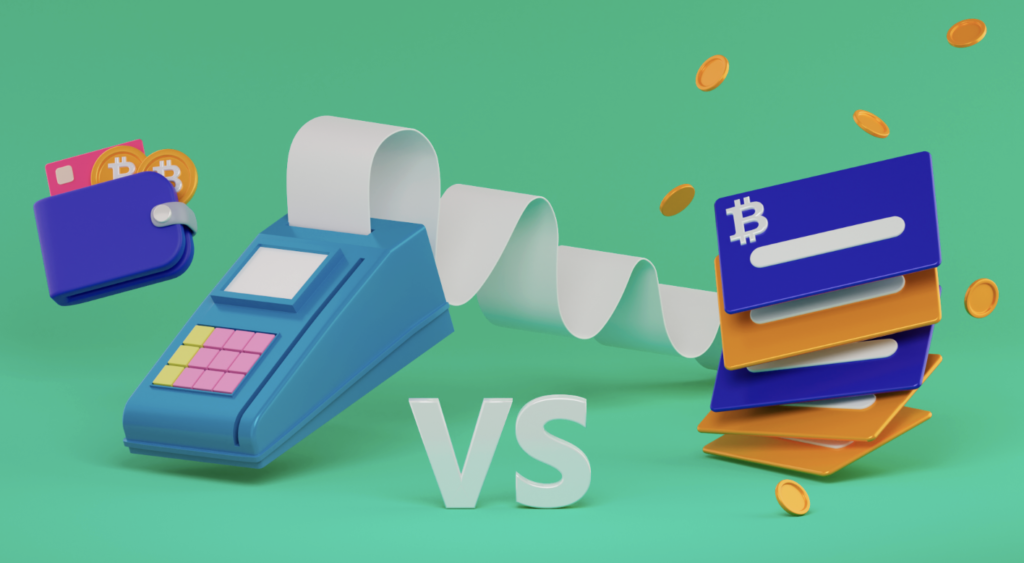
In a bold move that signals growing mainstream adoption of digital currencies, Mastercard has unveiled a sweeping set of initiatives to integrate stablecoins into its global payment infrastructure. Partnering with leading crypto firm MoonPay, the payments giant is betting that stablecoins—cryptocurrencies pegged to fiat currencies like the U.S. dollar—will play a major role in the future of digital transactions.
🪙 From Crypto Curiosity to Everyday Payments
At the heart of the initiative is the launch of stablecoin-enabled debit cards that allow consumers to hold and spend digital dollars (such as USDC) just like traditional currency. Thanks to real-time on-chain conversions, cardholders can make purchases anywhere Mastercard is accepted—without needing to manually convert their crypto holdings to fiat.
«This isn’t just a crypto play,» said Raj Dhamodharan, Head of Digital Assets at Mastercard. «It’s about giving people freedom and flexibility to move money in new ways while maintaining the security, speed, and familiarity of Mastercard’s global network.»
🔗 Blockchain Identity and Compliance Tools
But payments are just one piece of the puzzle. Mastercard is also investing in blockchain-based identity verification tools, a critical component for maintaining security and regulatory compliance. These digital ID solutions aim to verify users in cross-border payments and reduce fraud risks—two long-standing challenges in both the crypto and traditional finance sectors.
«By enabling on-chain identity and authentication layers, we’re laying the foundation for safer digital economies,» Dhamodharan explained.
⚖️ Regulation and Strategic Timing
The announcement comes at a crucial moment, as U.S. lawmakers debate legislation to formally regulate stablecoins. Mastercard’s expansion into this space suggests that major tech-finance players are preparing for a future where stablecoins are not only accepted, but possibly regulated similarly to traditional banking assets.
Despite the lack of full legal clarity, Mastercard’s approach appears to be proactive rather than reactive. The company has been working closely with regulators and leveraging its trusted brand to navigate this emerging landscape.
💡 A Turning Point for Crypto?
With Mastercard’s global reach and technical resources, this initiative could be a tipping point for crypto adoption. While past years saw blockchain startups struggling to achieve mainstream traction, today’s move by an established financial leader could help bridge the gap between crypto-native systems and real-world usability.
In parallel, other payment giants such as Visa are also experimenting with blockchain rails and stablecoin integration—suggesting a competitive race is underway to define the future of money.


